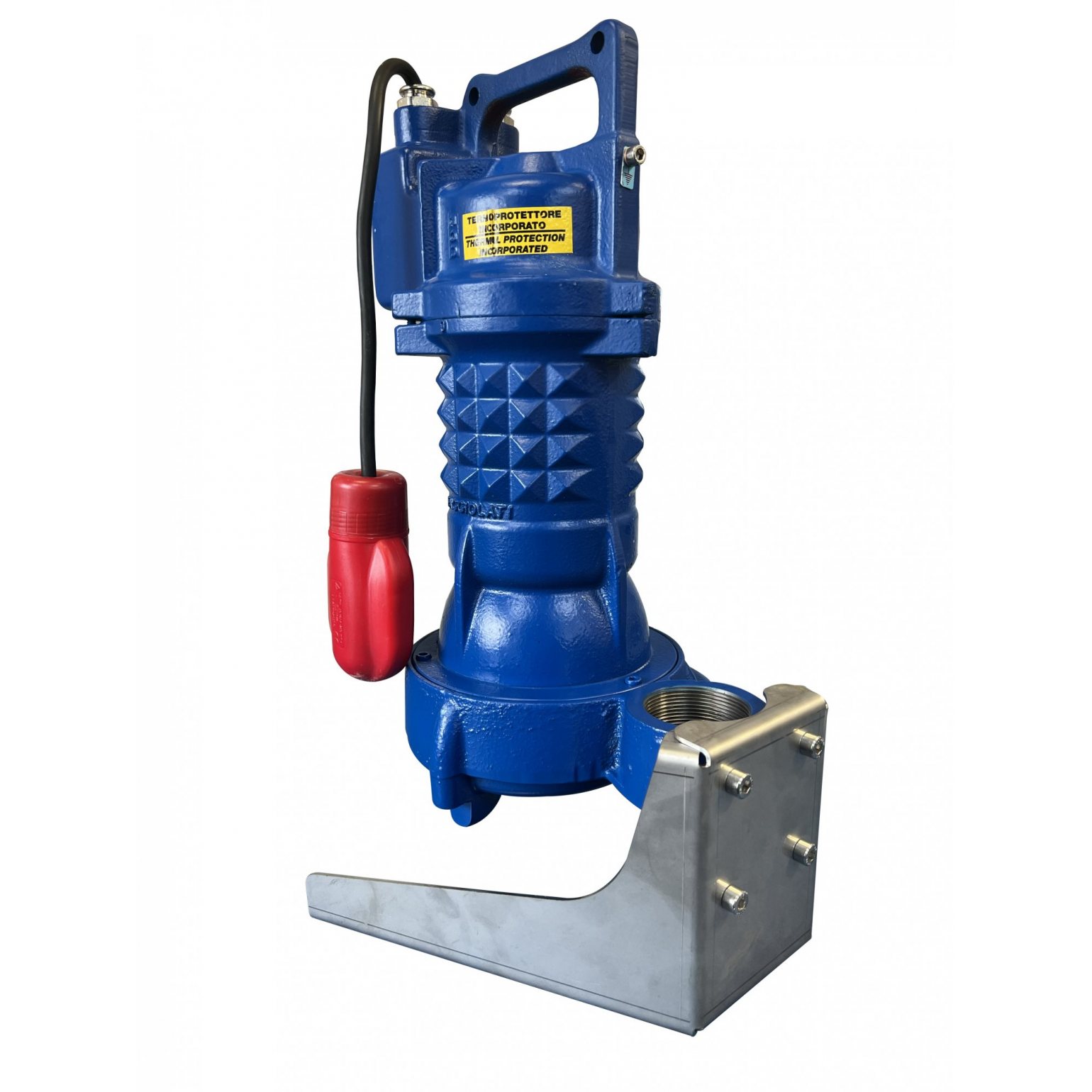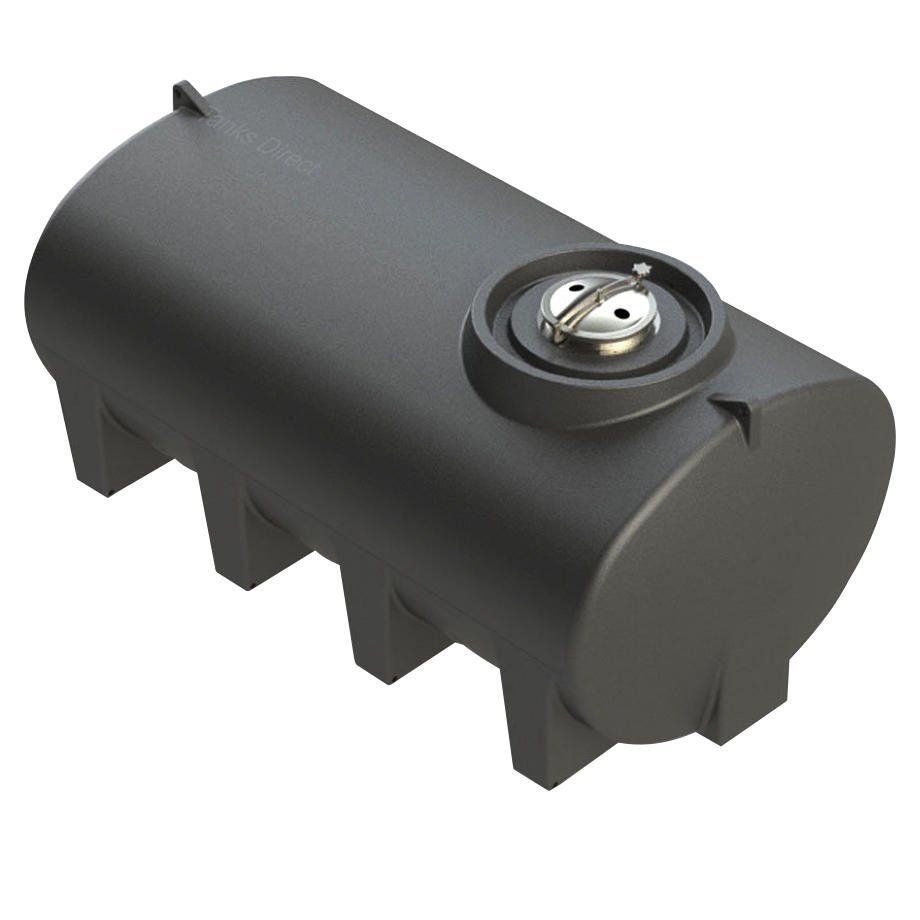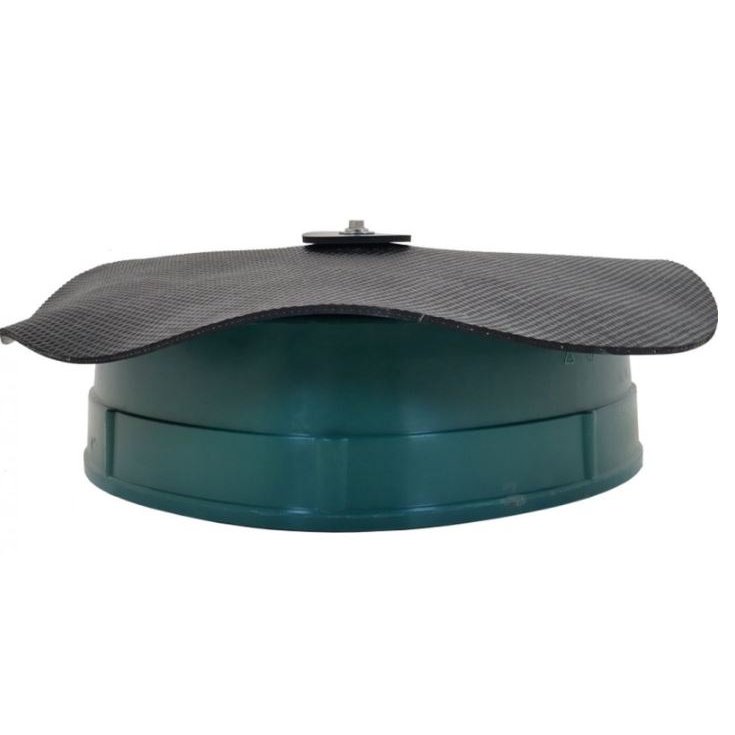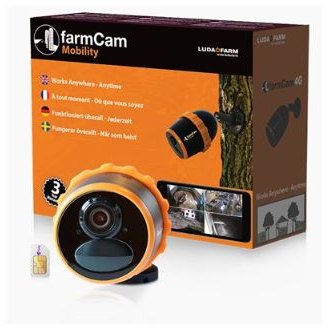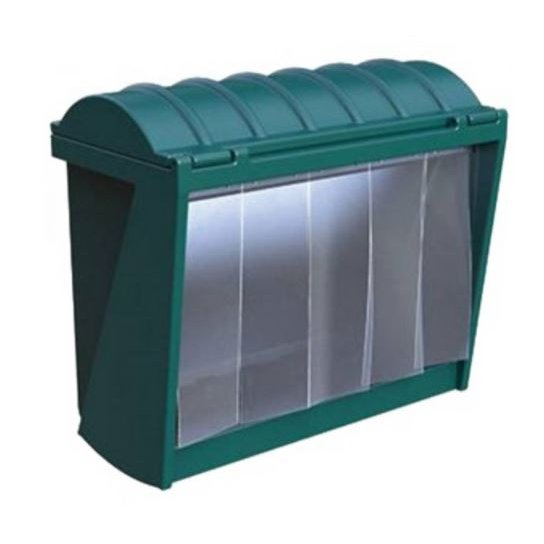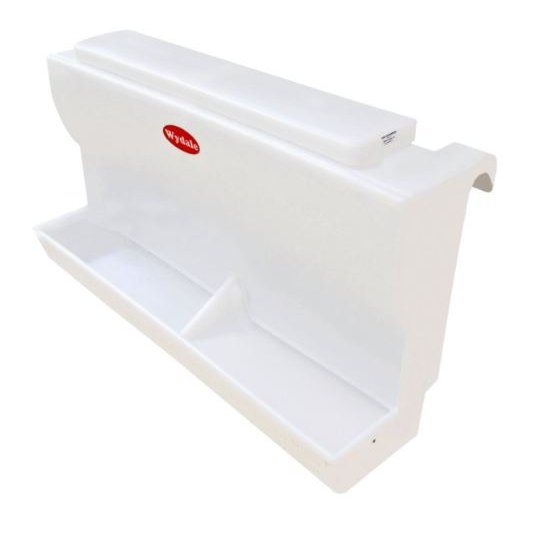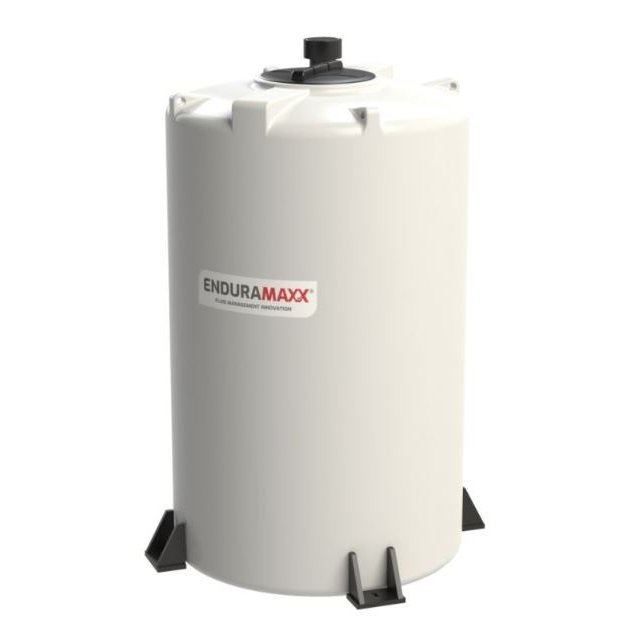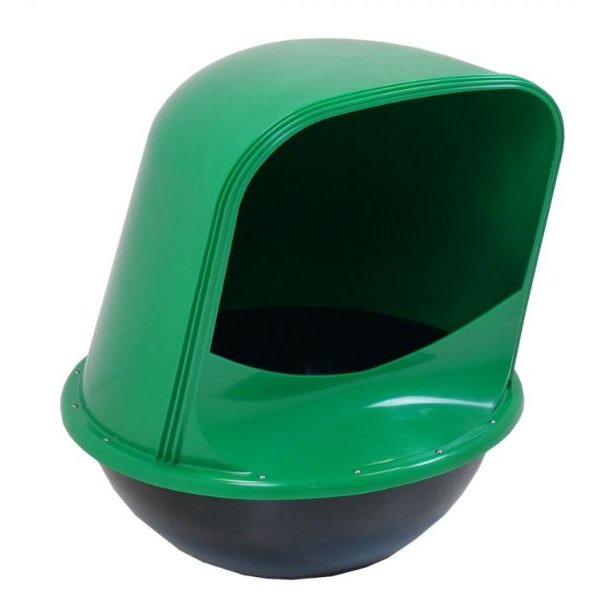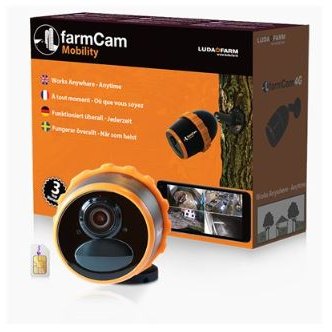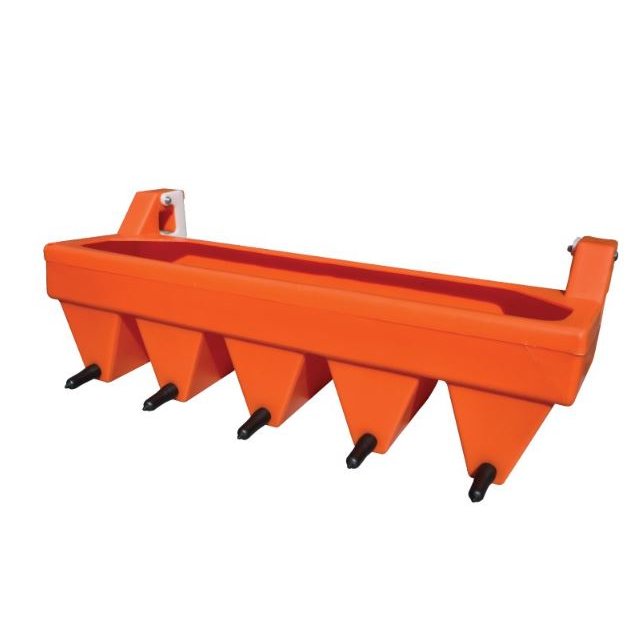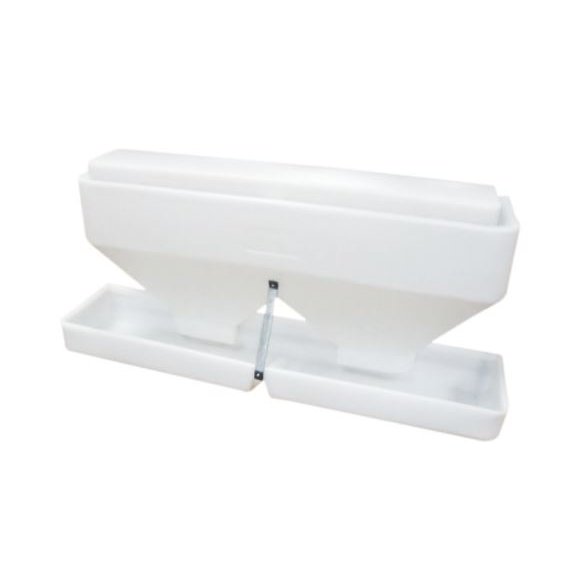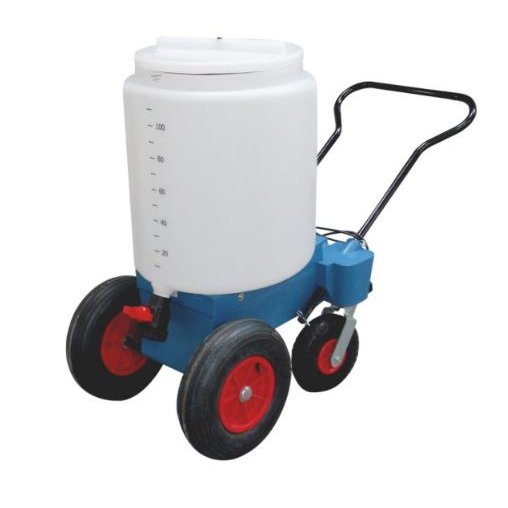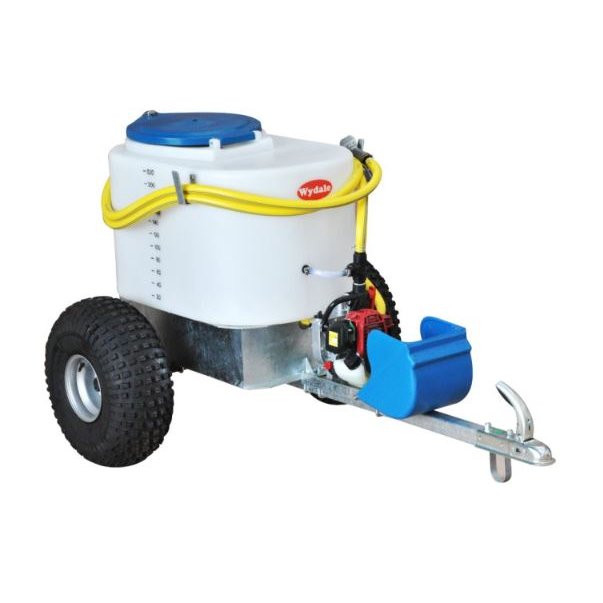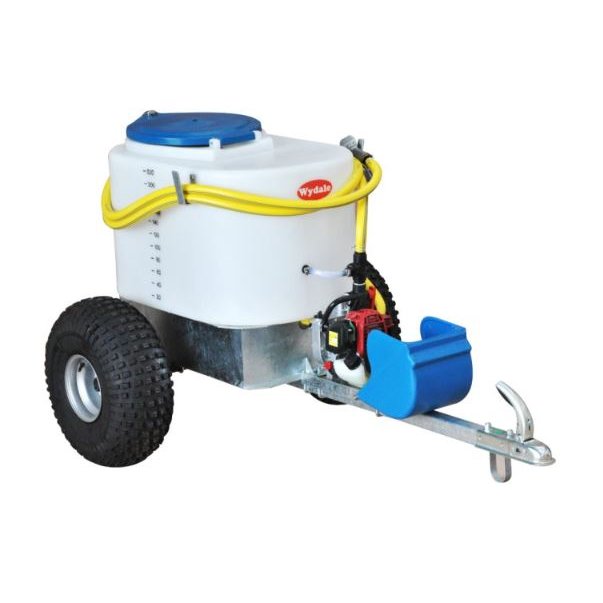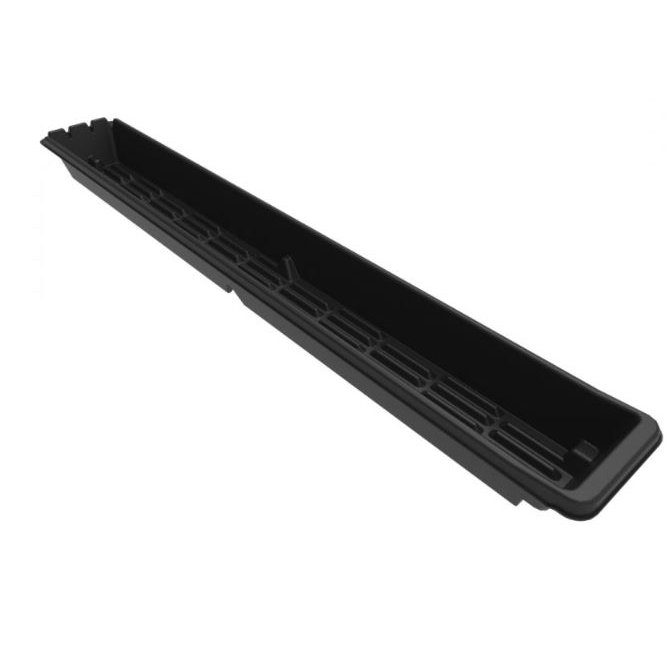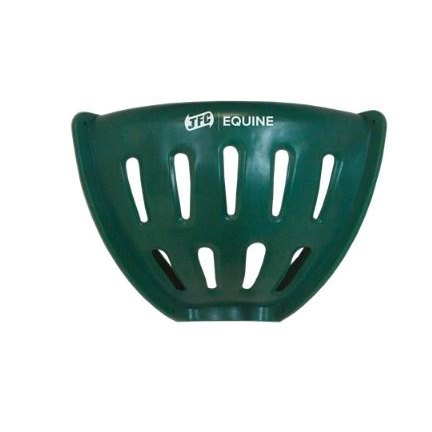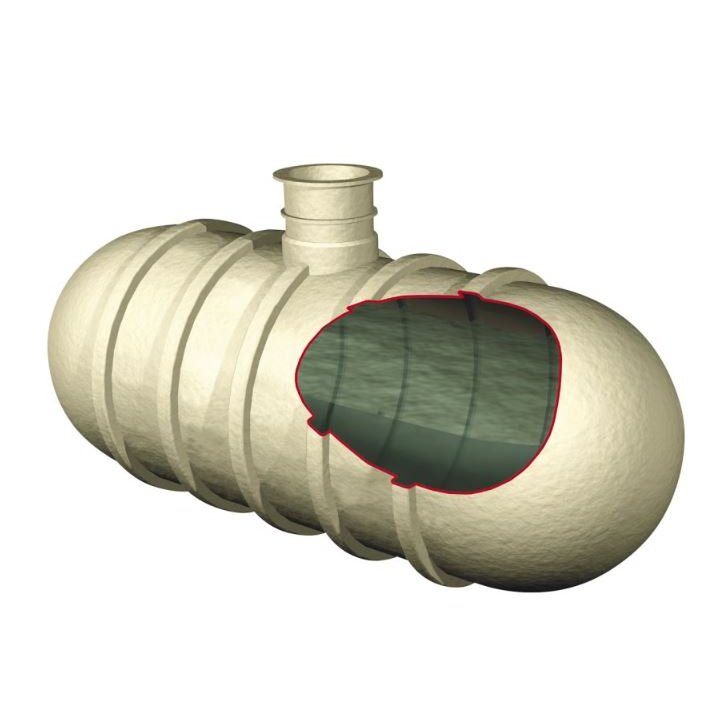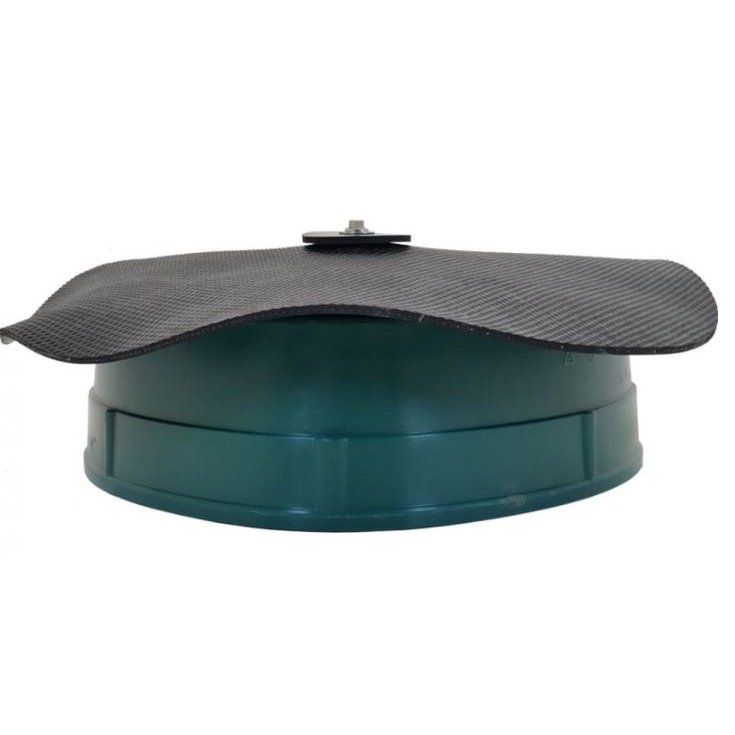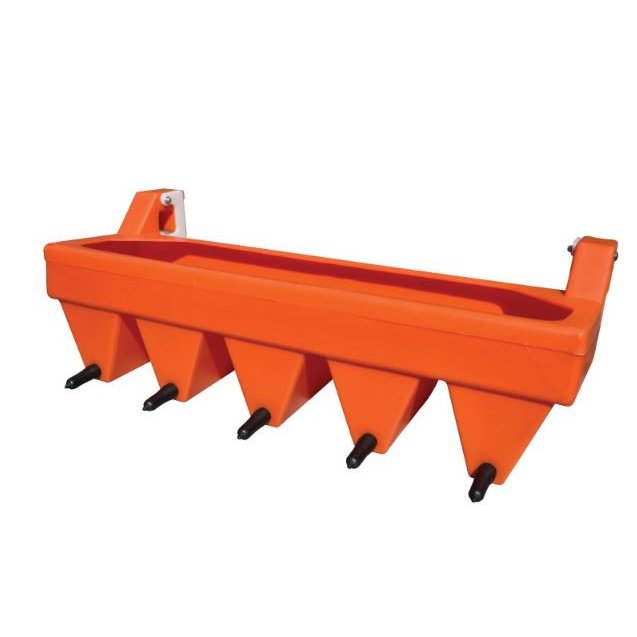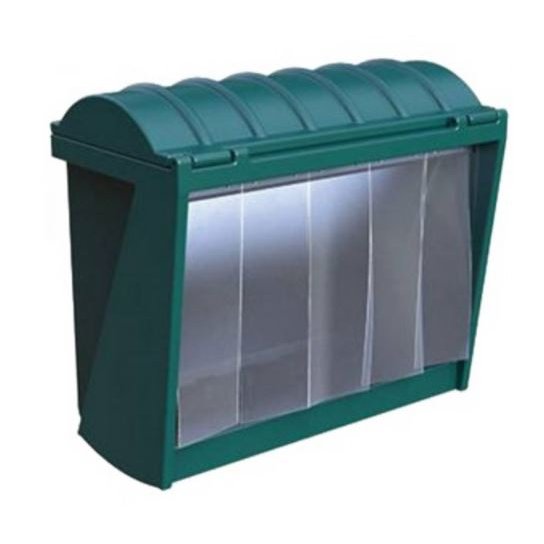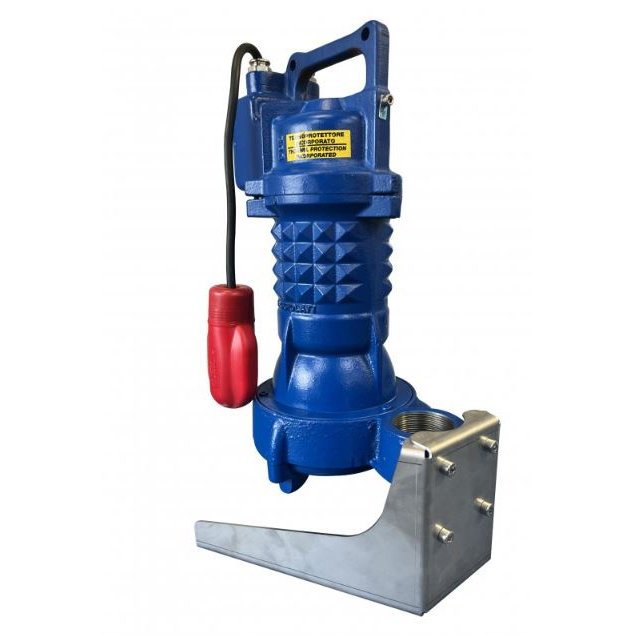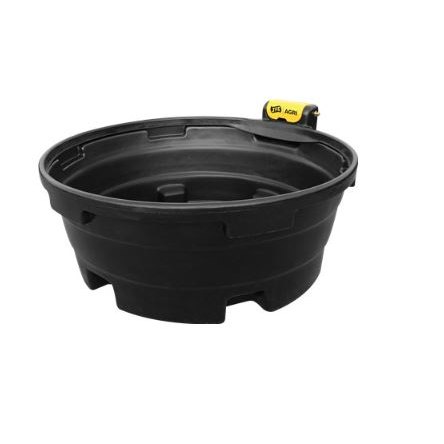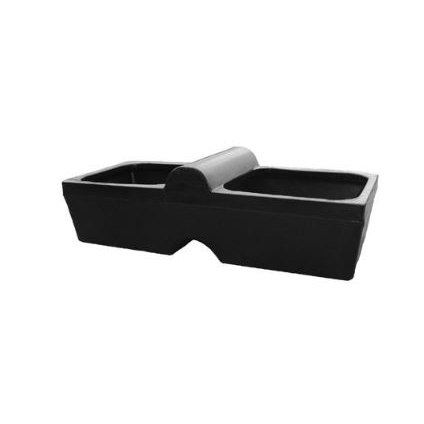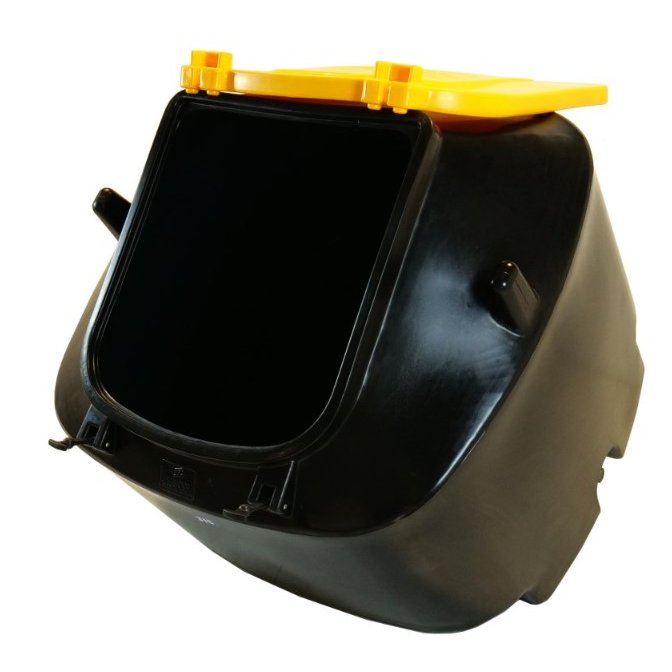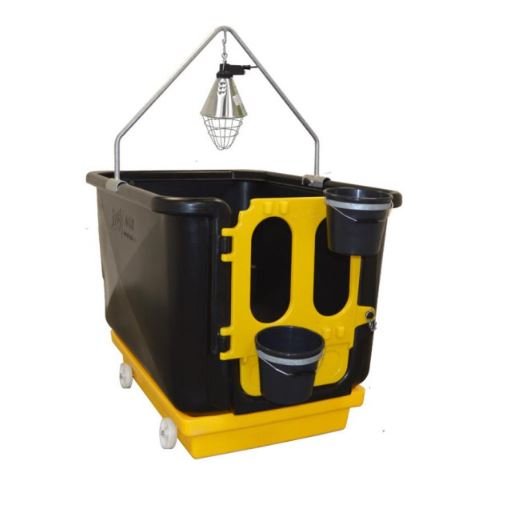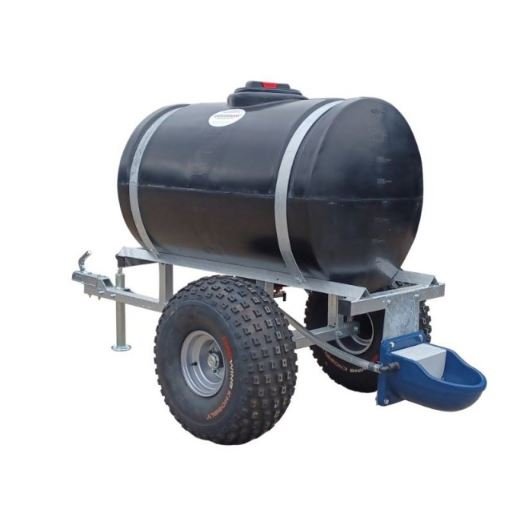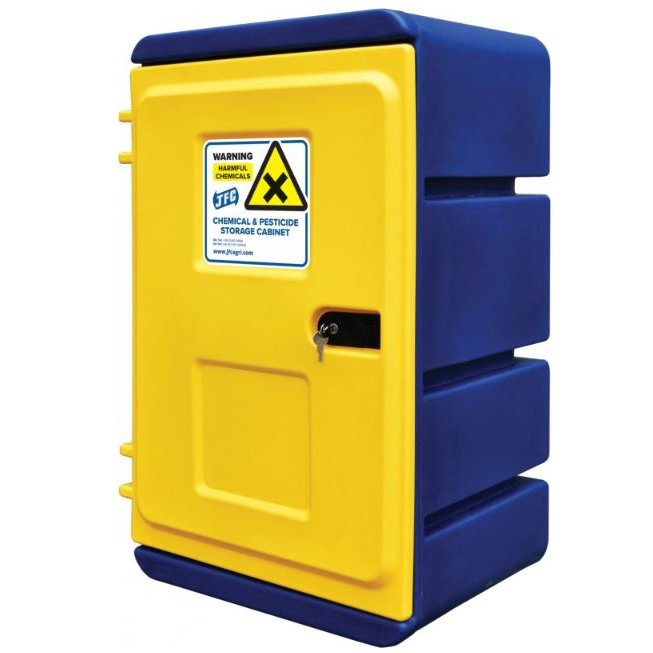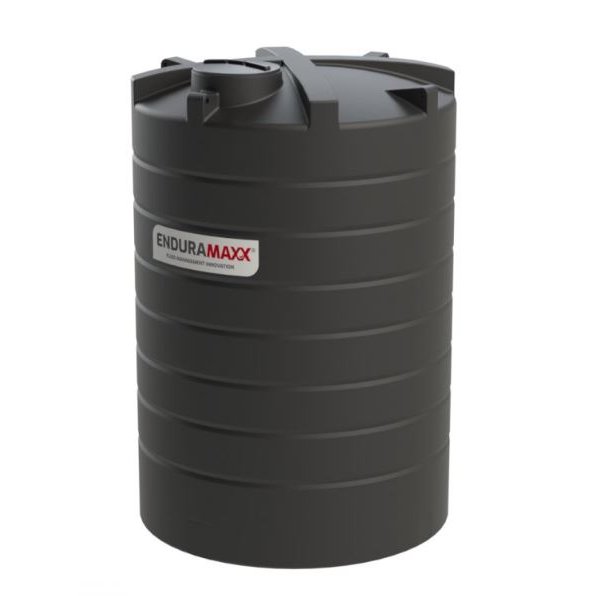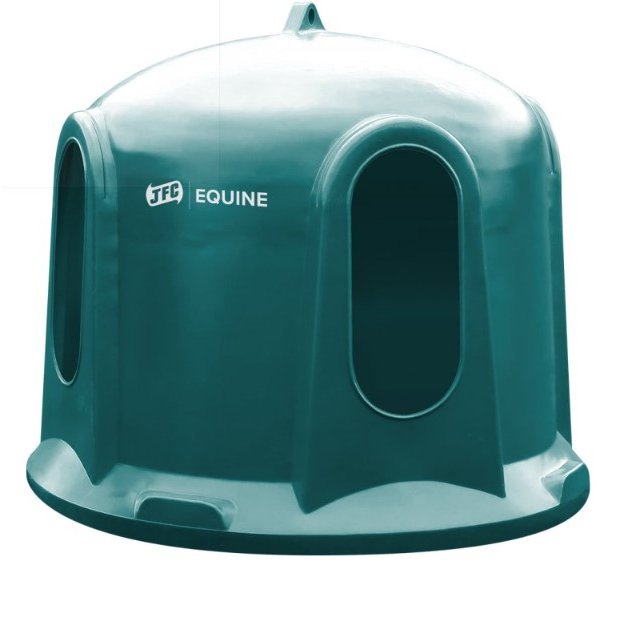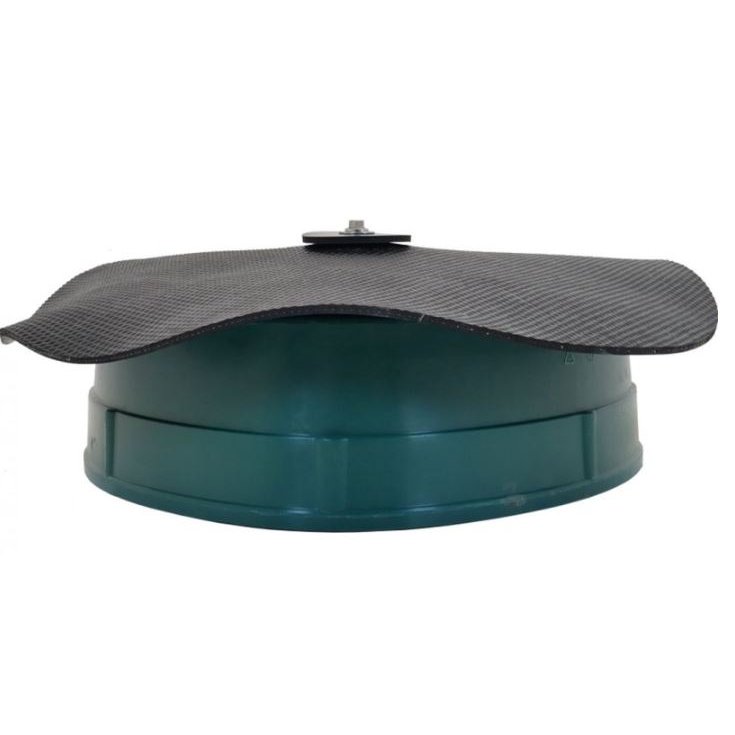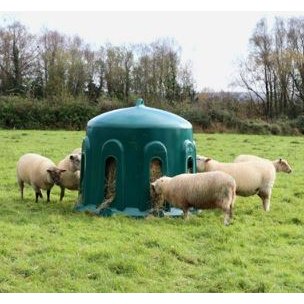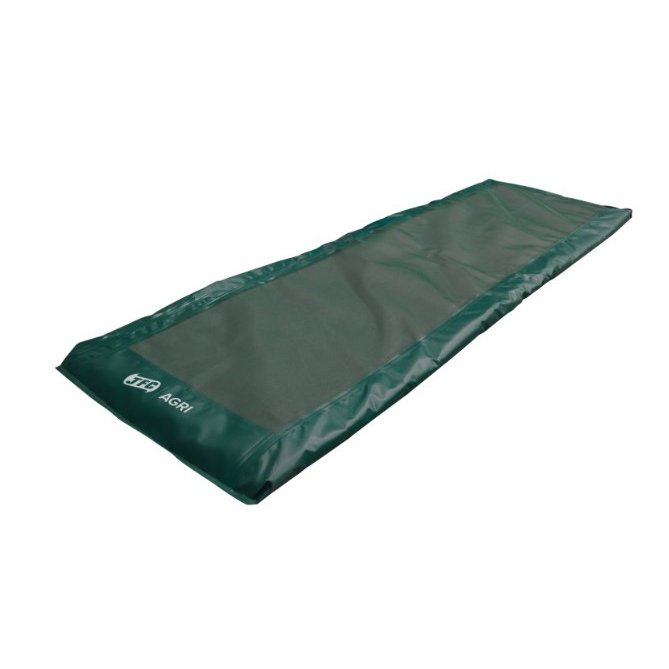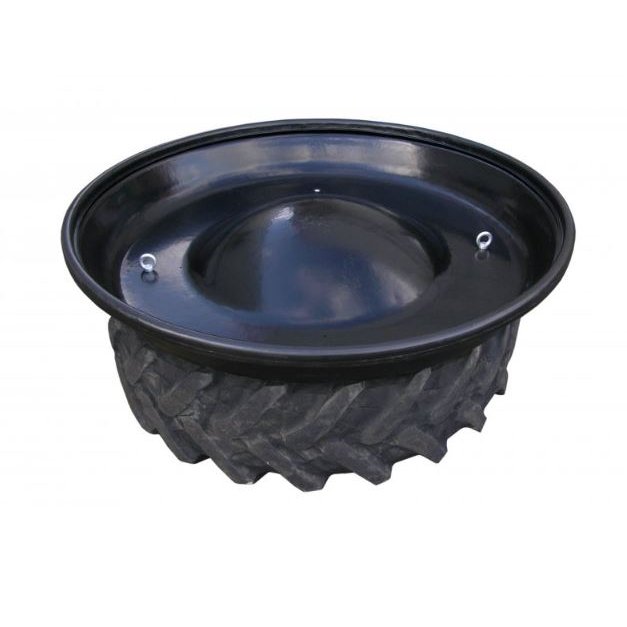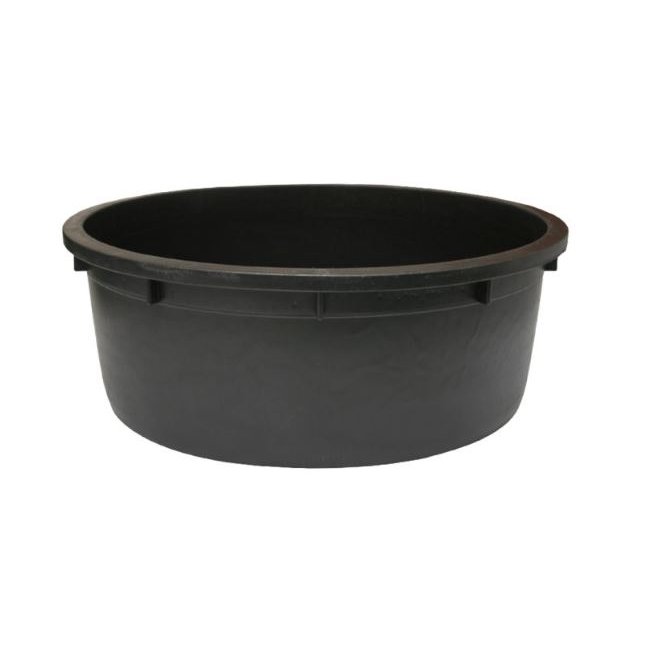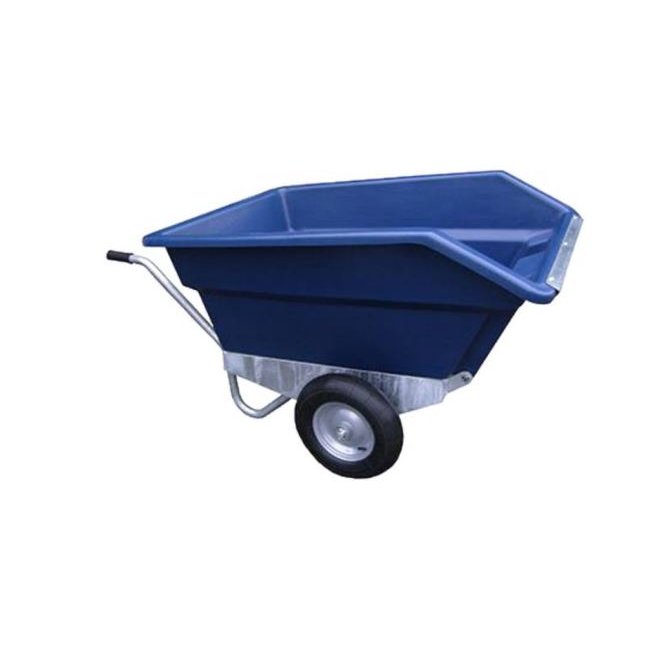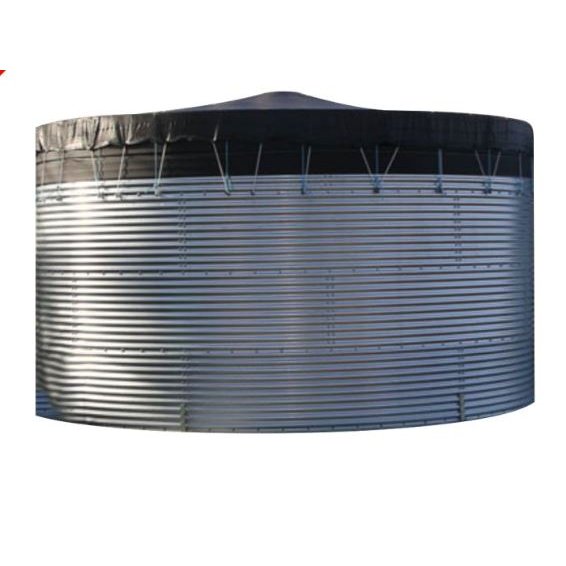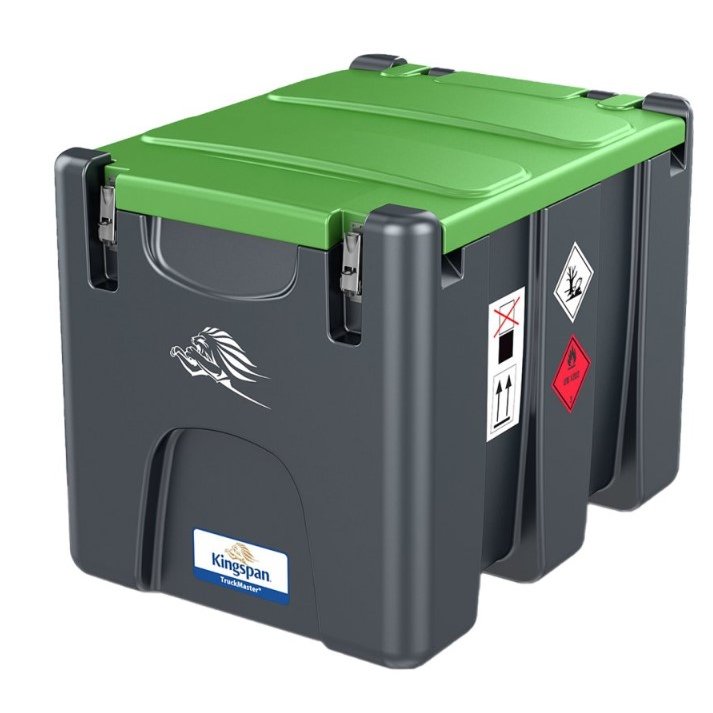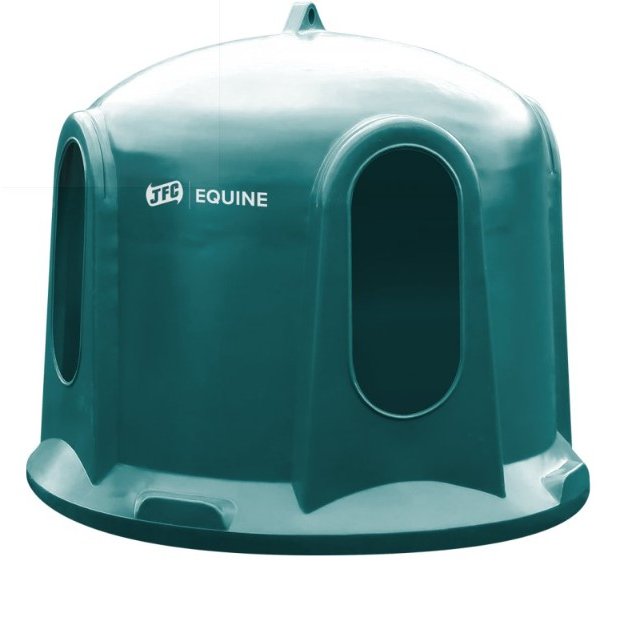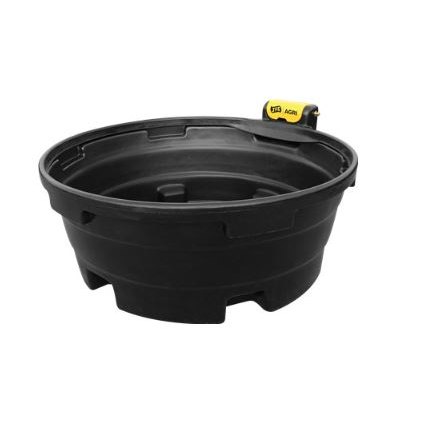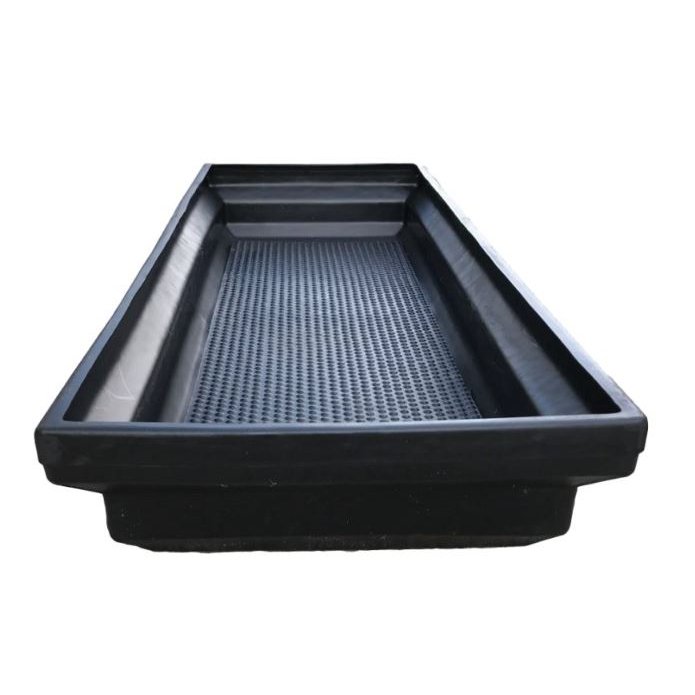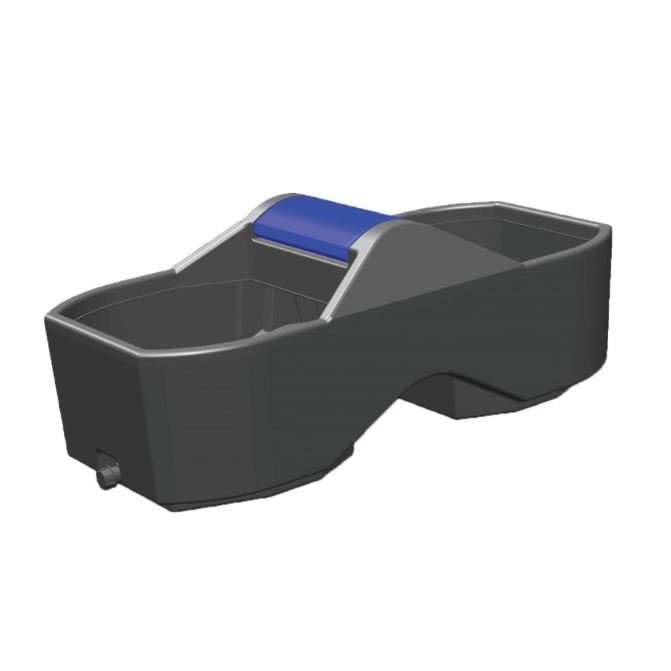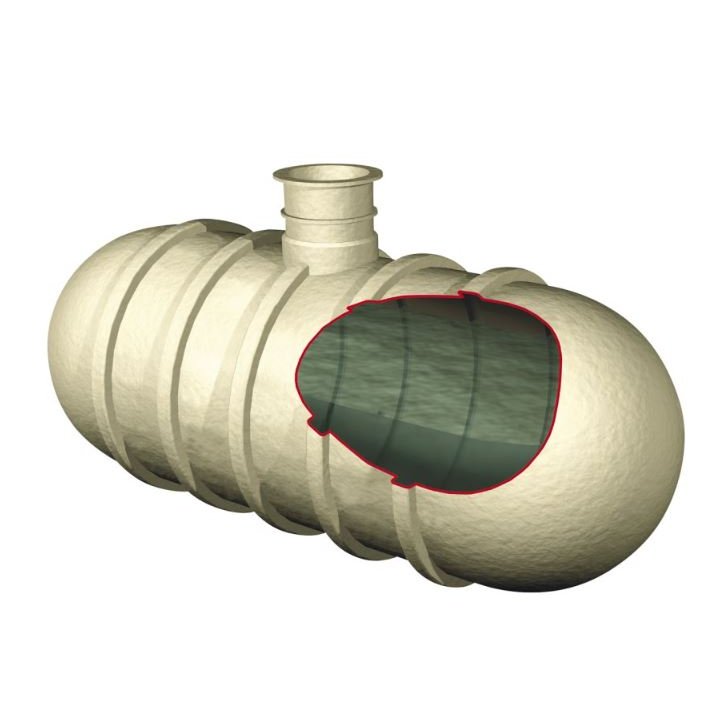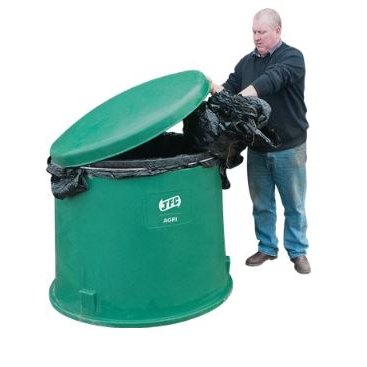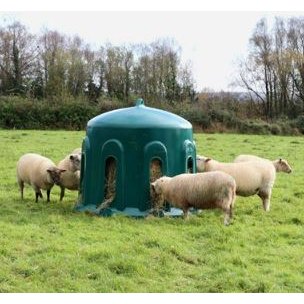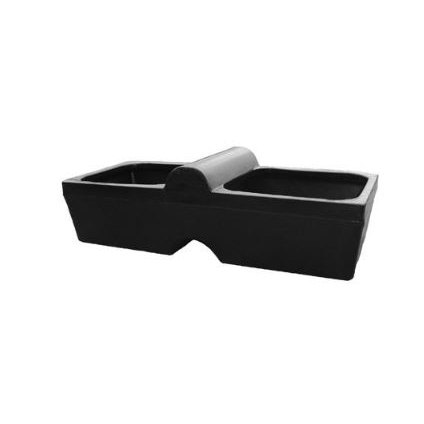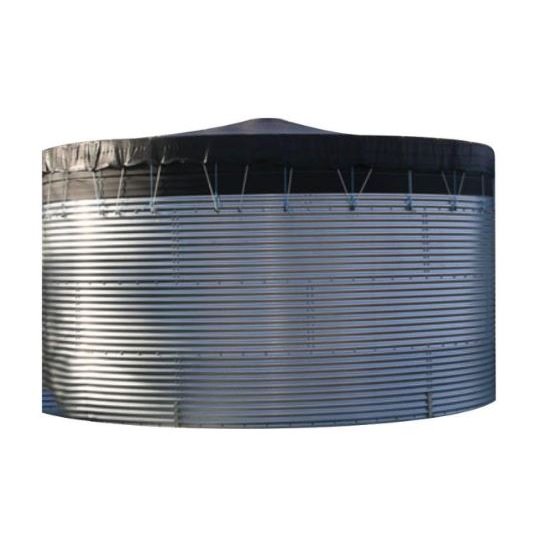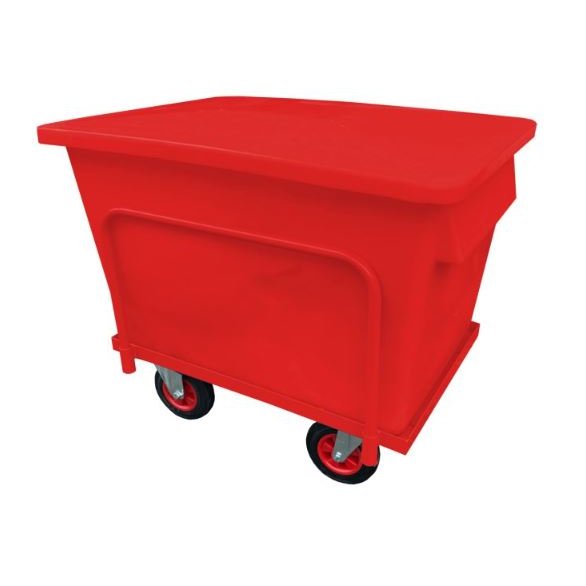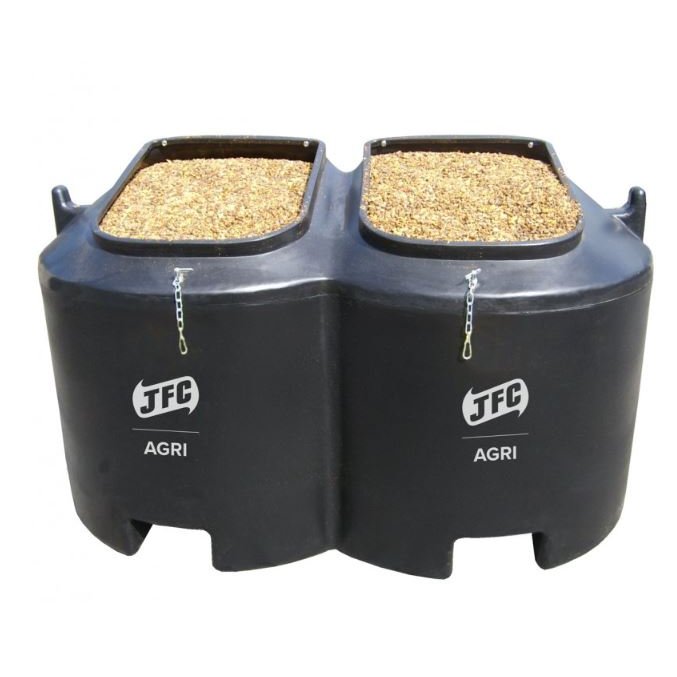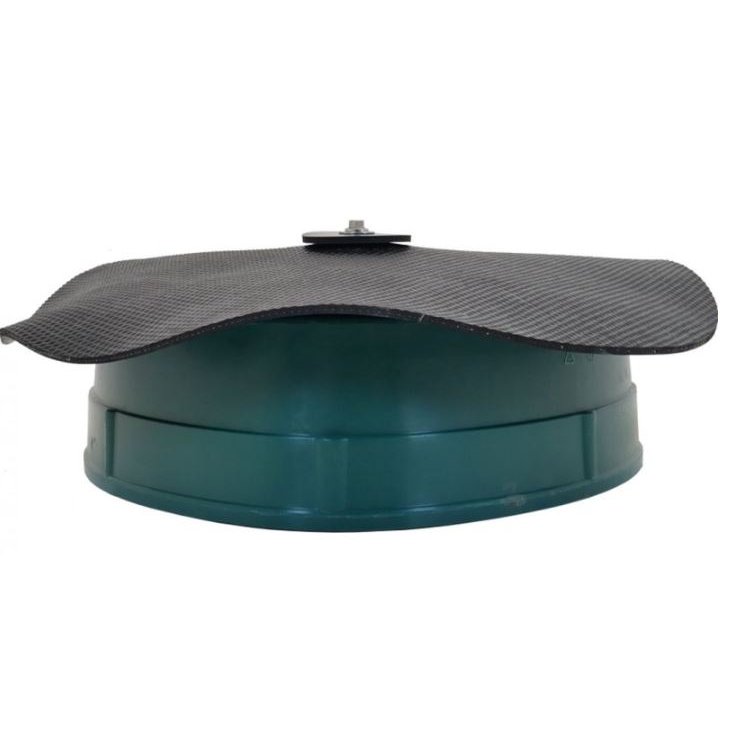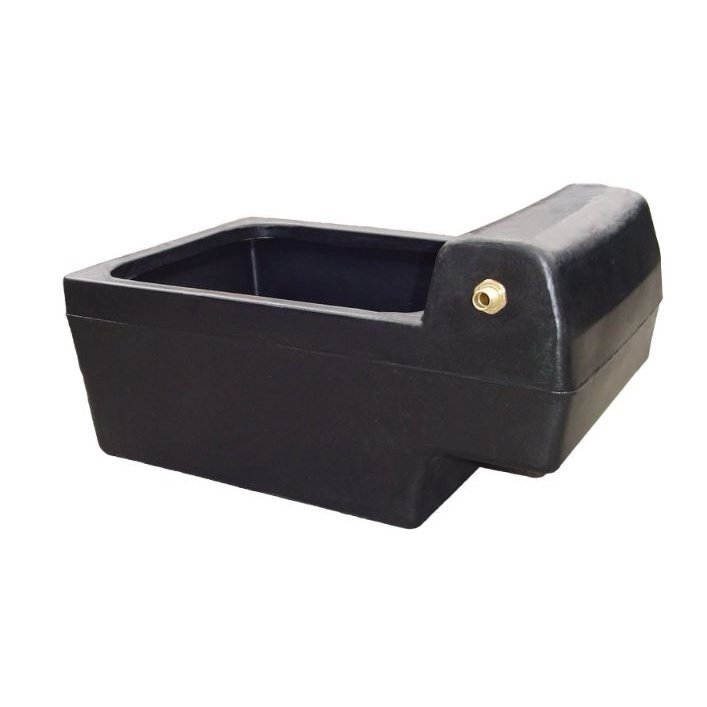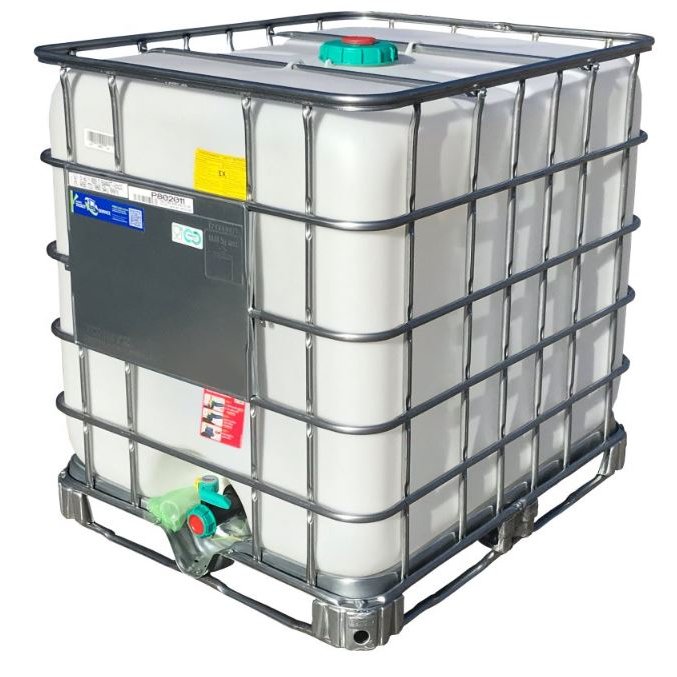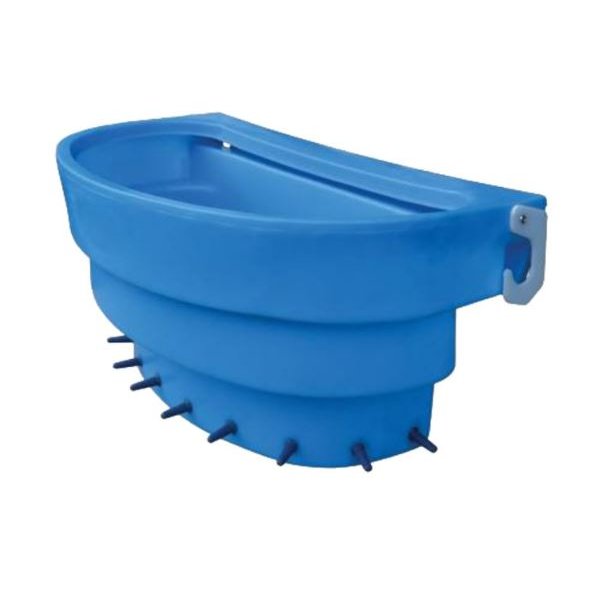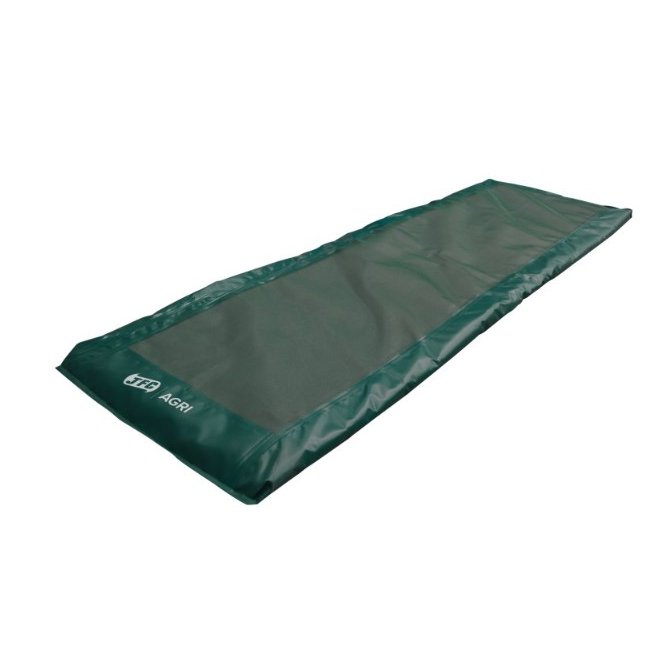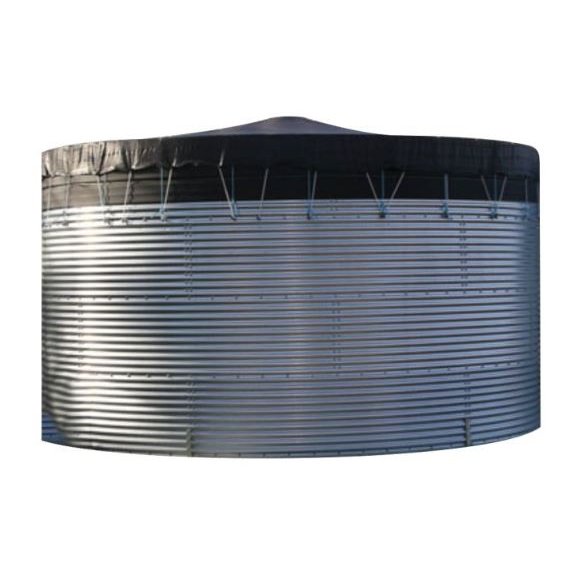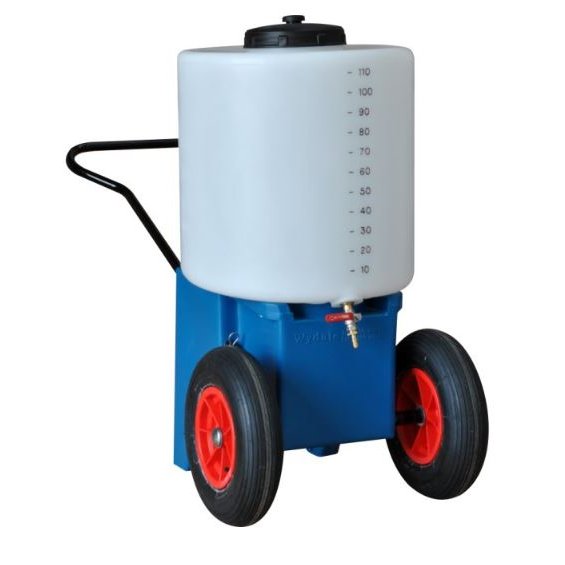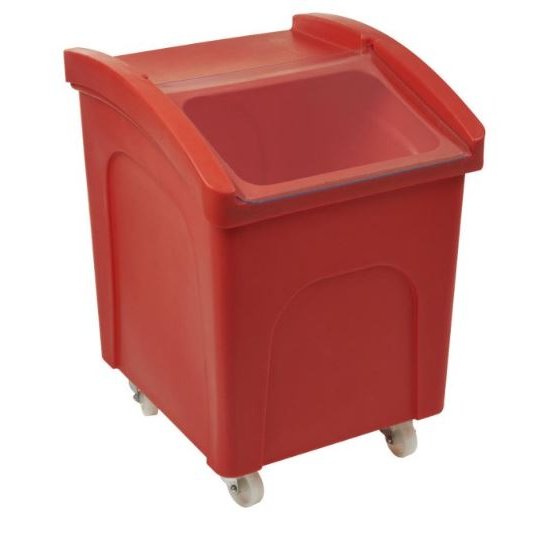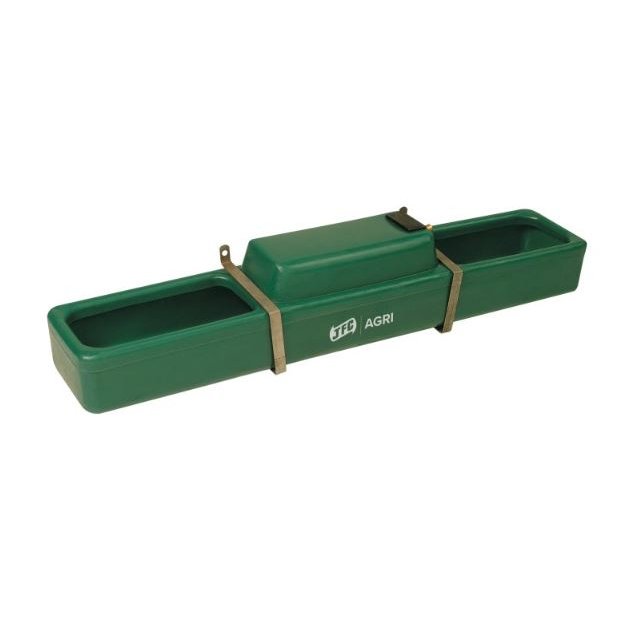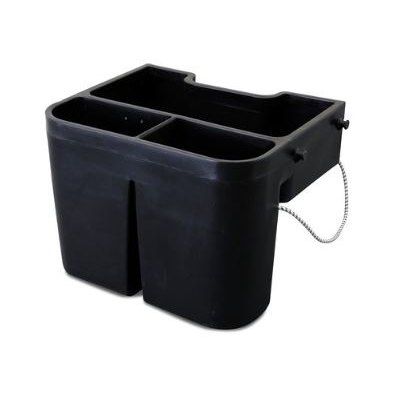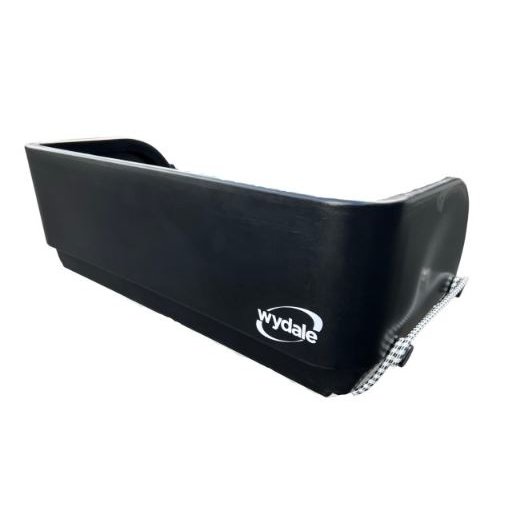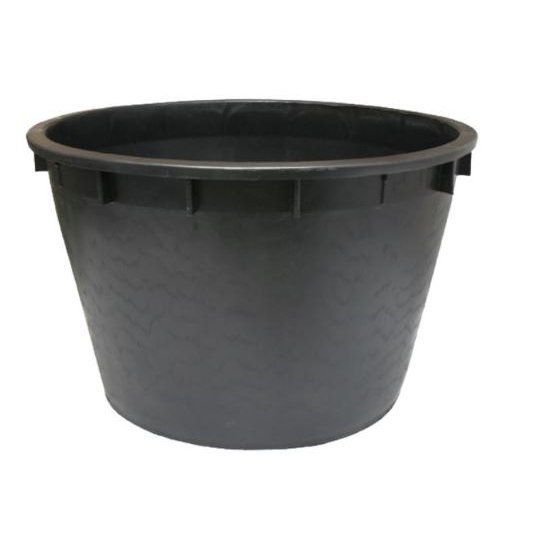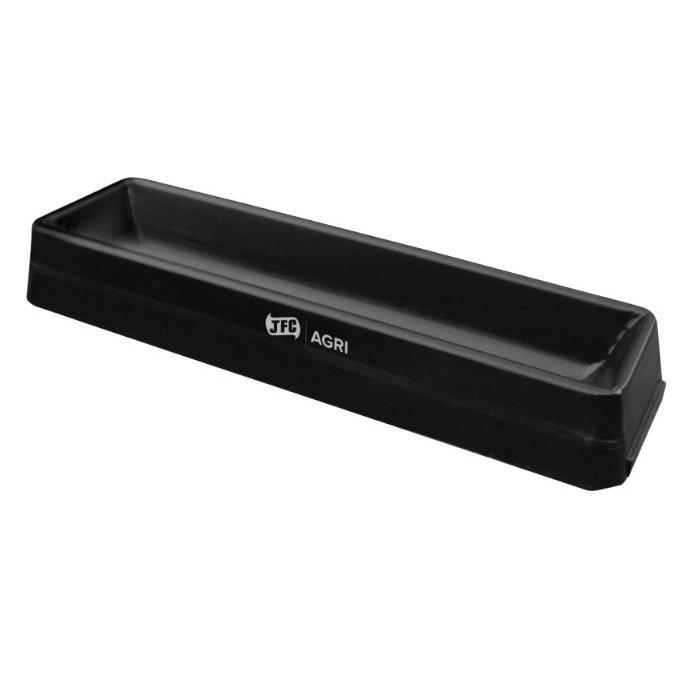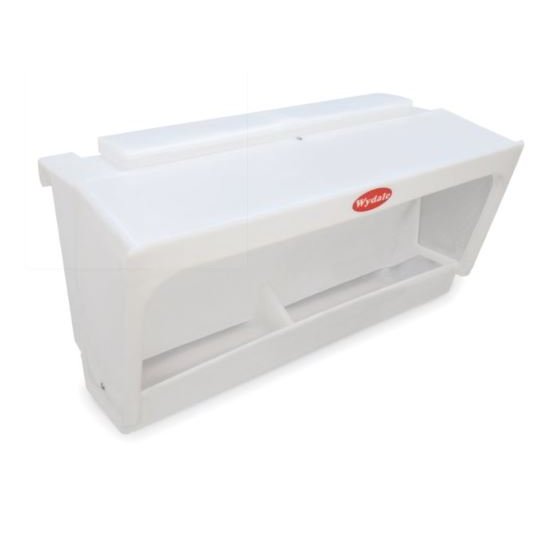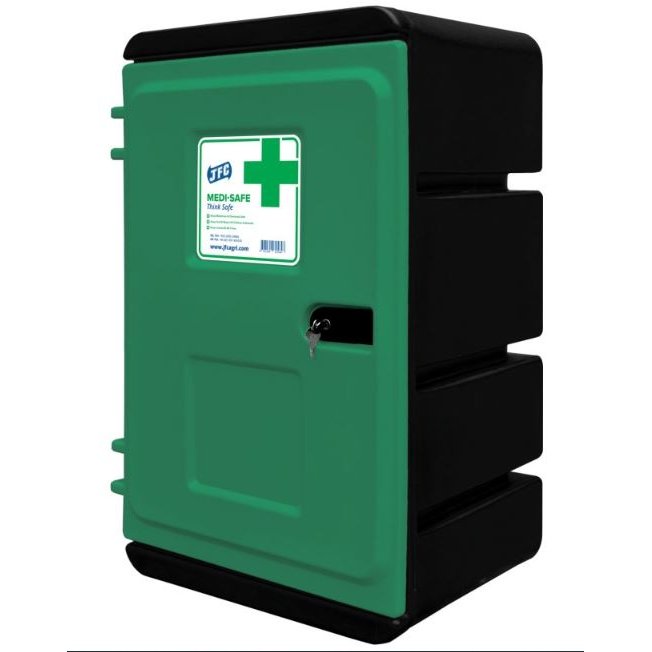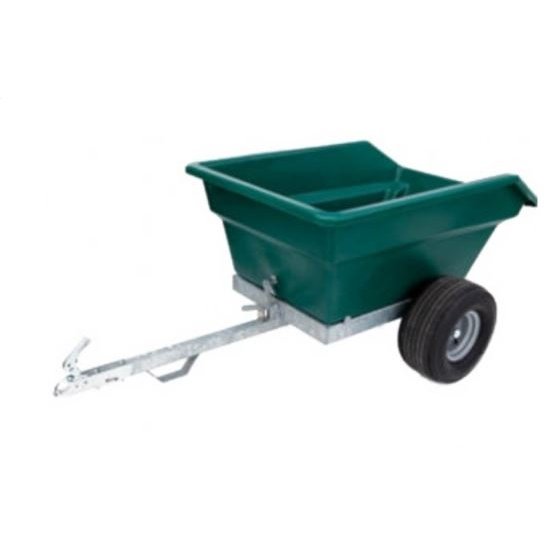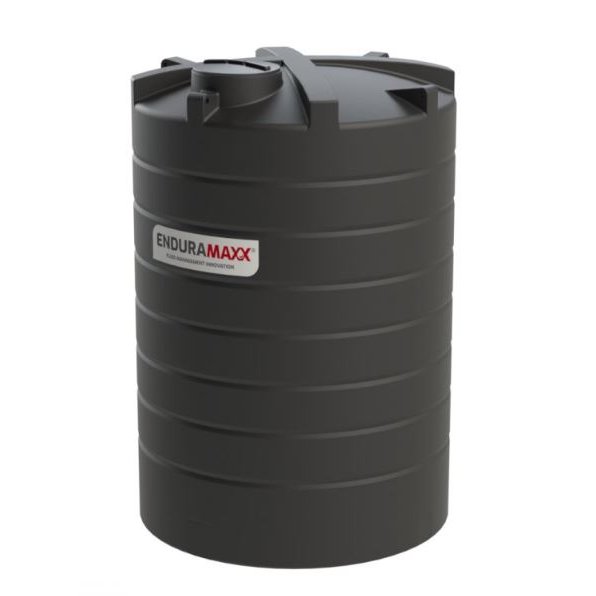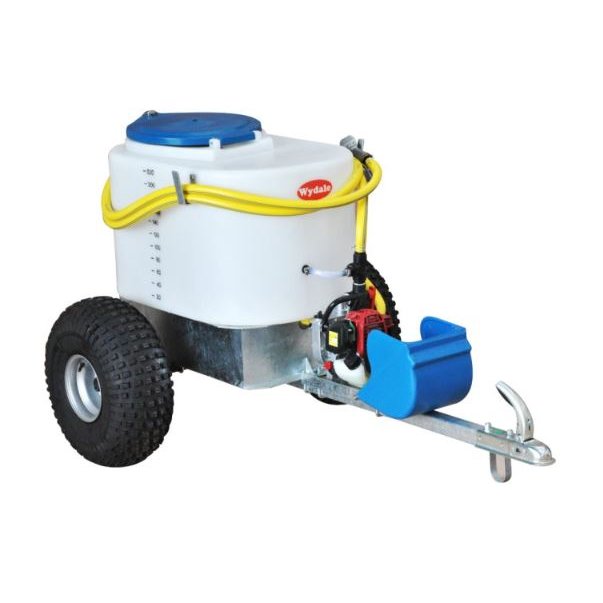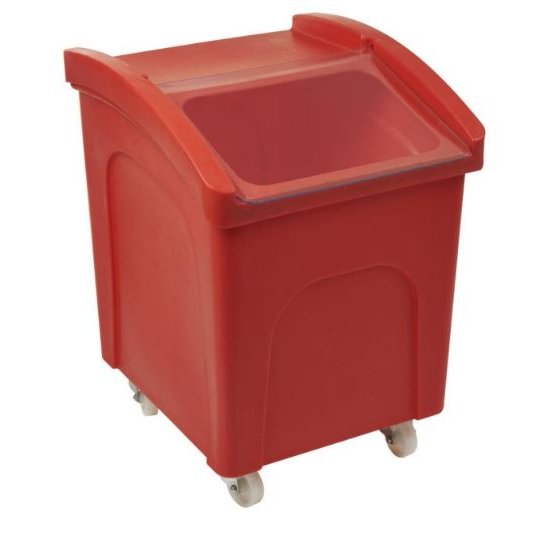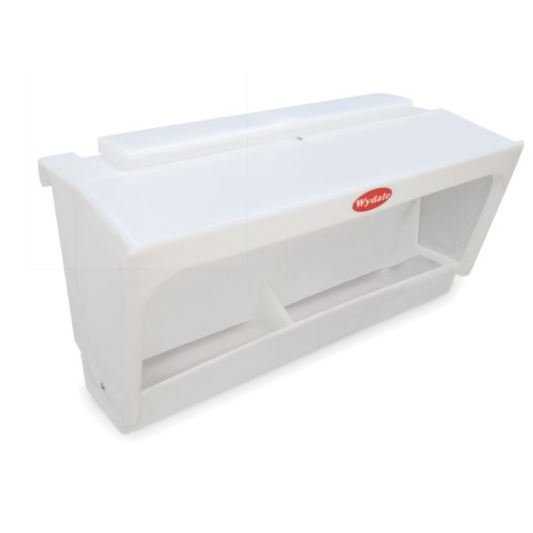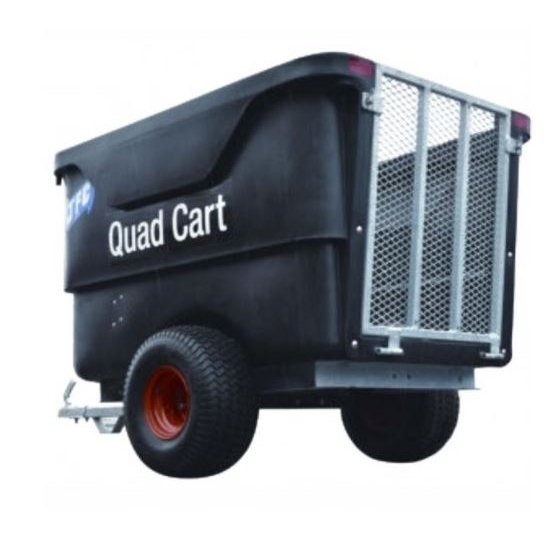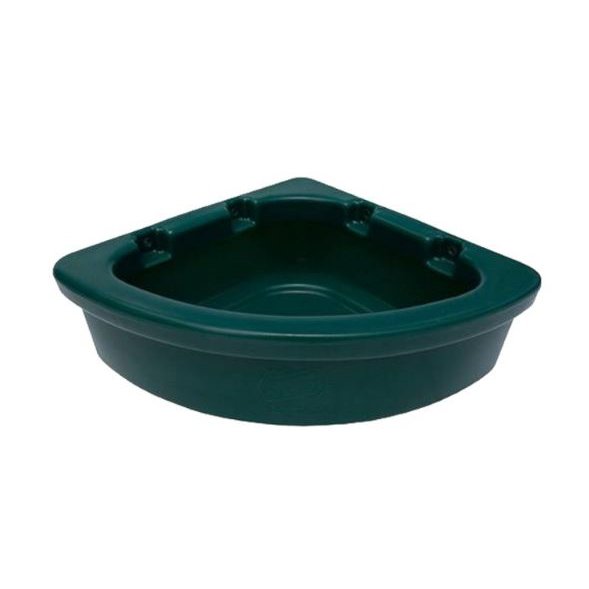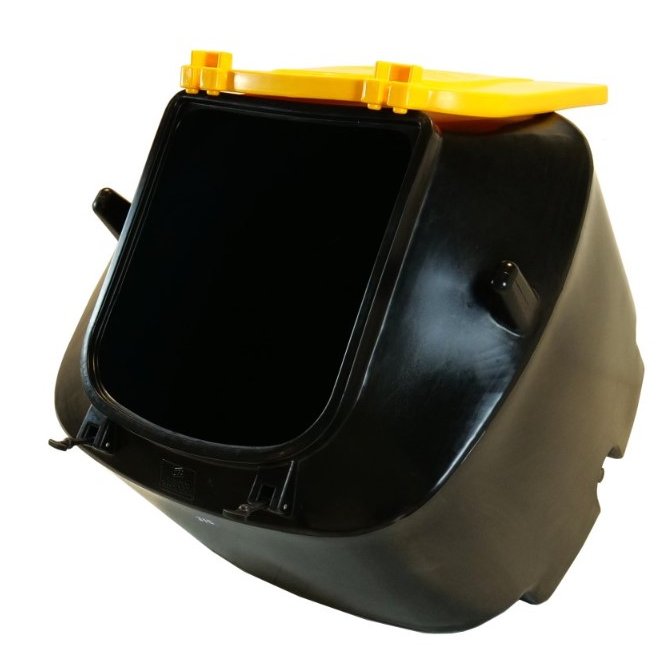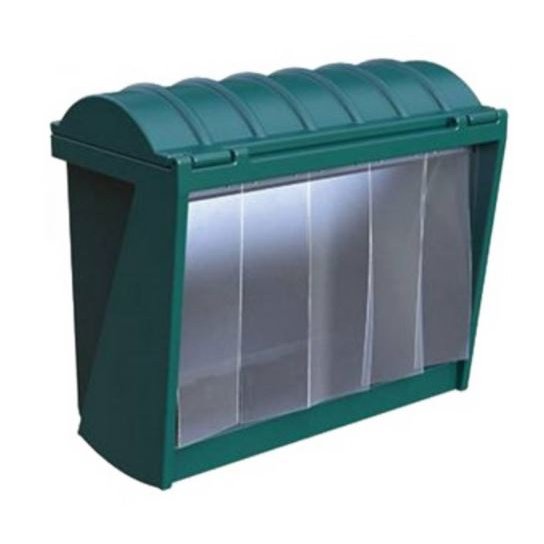Farming Calendar
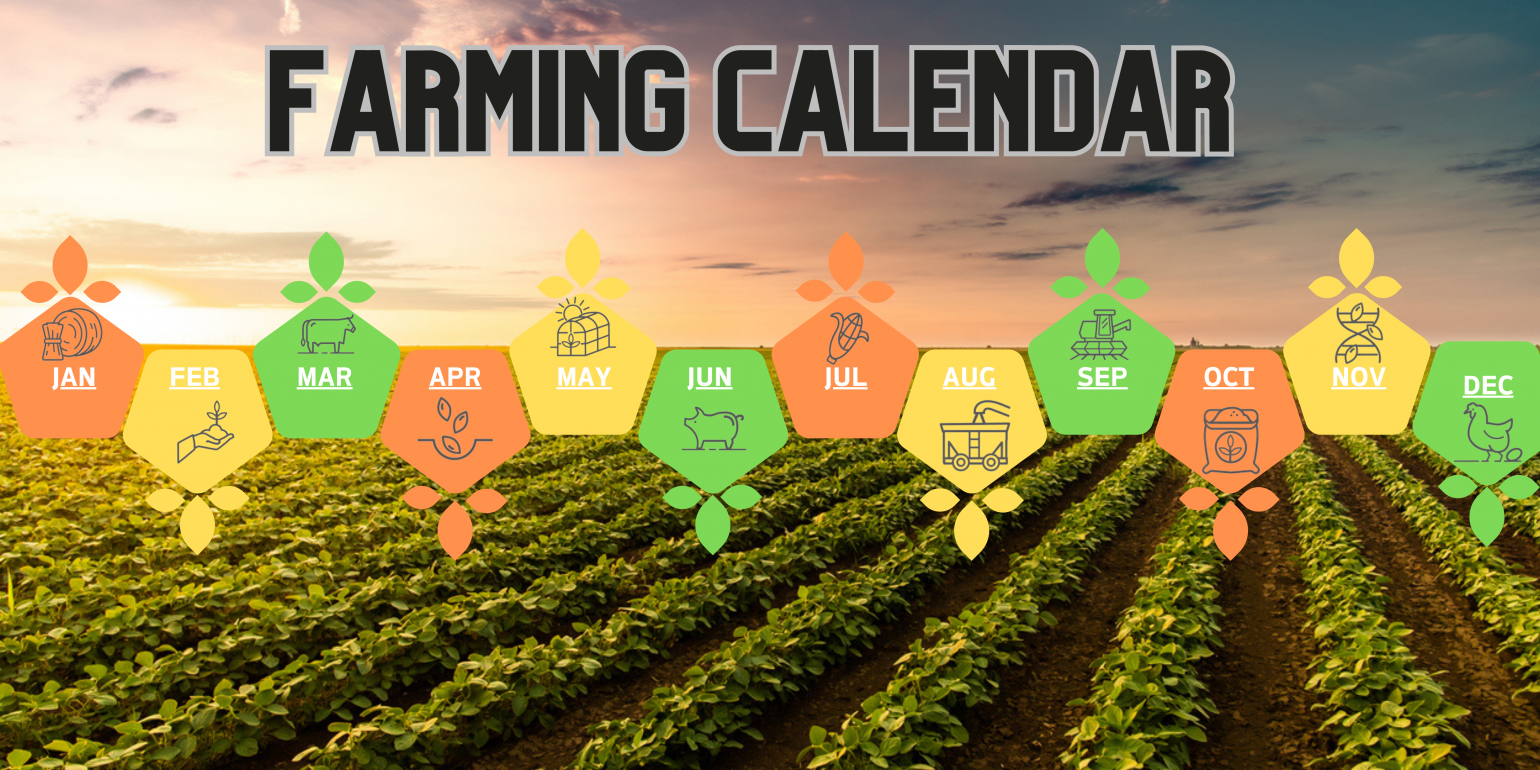
A farming calendar provides a guideline for farmers to plan their activities throughout the year, taking into consideration factors such as regional climate, crop types, and cultural practices. Below is a general farming calendar that can be adjusted and adapted based on location and specific farming practices.

January
Arable Farming
Maintain and repair machinery and farm buildings, Plan for the year, including crop rotation, seed ordering, and budgeting. Spreading slurry in preparation for the silage or hay that will be taken later in the year, if ground conditions allow.
Livestock Farming
Ensure all Livestock are well-fed, clear any snow and provide shelter if necessary. Plan for the year ahead. This might include securing feed purchases, planning breeding strategies and organising vet visits.
As food rations outside maybe limited due to frost and weather conditions, Calves might be weaned this month, onto concentrates and sugar beet ration, while a flock of sheep will be fed sugar beet and sheep nuts daily to keep their nutrients level high.

February
Arable Farming
Prepare greenhouses and polytunnels. Start seeding for vegetables such as onions, leeks, and cabbages.
As the weather starts to improve, more slurry can be spread on fields where it might of been hard to access previously due to weather conditions.
Livestock Farming
Lambing season starts for some early lambing flocks. As well as the start of the calving season, at the end of the month, so ensure food supply is sufficient for pregnant and nursing animals. Keep barns clean to reduce disease risks. The maintenance and upkeep continues, and livestock will keep being fed instead of grazing.

March
Arable Farming
Plant early potatoes and onion sets. Start seeding directly for some cold-weather crops like beetroot, carrots, parsnips, and sugar beet. Slurry will be continued to be spread this month, along with fertilising and crop spraying.
Livestock Farming
More intensive lambing period begins; ensure you have enough supplies and resources to manage. The ewes and lambs will need round the clock attention, after being sorted into lambing groups. Sheep will need to be vaccinated, and their feet are trimmed to guard against foot rot. Calving gets underway, as one of the busiest months for farmers. Continue caring for indoor animals.

April
Arable Farming
Transplant seedlings that have started indoors such as tomatoes, chillies, and peppers. Plant maincrop potatoes. Fertiliser is sprayed on grazing fields to aid in growth for hay and silage to be cut later in the year. Drilling starts for oil seed rape while cereal crops will be top-dressed and sprayed.
Livestock Farming
Calving season typically begins for beef herds. Spring is the main lambing time for most flocks. Lambs are very vulnerable to predators, like foxes and crows, so farmers need to find ways to prevent losing new livestock. Newly born animals will require health checks, tagging, and registration if necessary. Older female lambs who have finished weaning, need to be wormed and dipped in a chemical mix to prevent the spread of disease and illness.

May
Arable Farming
Transplant any remaining seedlings outdoors. Start direct sowing warmer-weather crops such as beetroot, carrots, and French beans.
Livestock Farming
Dairy cows often start to be turned out to pasture, weather permitting. Continue health checks and weigh animals to monitor growth. Livestock is removed from grazing the silage fields, and the fields are sprayed with fertiliser to allow six weeks of growth before silaging occurs. Lambs have their tails docked to prevent eggs laying in their wool, causing maggots. Male lambs will also be castrated in this month, if required. Lambs will be checked, tagged, and registered if necessary. As animals have gone out to pasture, it’s a good time to clean out livestock buildings and repair any walls or fences if necessary.

June
Arable Farming
Continue to sow salads, French beans, and beetroot. First harvest of early potatoes, salads and soft fruits like strawberries and raspberries. Farmers will start haymaking around this time. Non early Potatoes will be irrigated, or watered, to encourage growth and the ‘filling out’ of the crop.
Livestock Farming
Consider shearing sheep if you have them to ensure they do not suffer in the warmer weather. Sheep will also be sprayed for worms and have their feet treated. Calves will have their horns removed. It's a good time to start breeding pigs. End of May beginning of June is the start of the show season, where farmers show off their livestock and produce.

July
Arable Farming
Focused on crop management and pest control. Harvest of vegetables like beetroot, carrots and summer salads continues. Silage is harvested ready for the winter. Square bales usually feed horses with round bales feeding cattle. Start of the combine season for cereal crops, like barley and maize.
Livestock Farming
Haymaking period starts. With weather conditions suitable, stock up hay as winter feed for livestock. Lambs given vaccinations against worms, sheared and feet treated. Livestock auctions happen where stronger young animals will be sold at market or to an abattoir.

August
Arable Farming
Main harvest period for wheat, barley, and other cereals. Also, a busy time for harvesting potatoes, onions, maincrop carrots, and many other vegetables. Silage is a main priority if not already harvested. August is the start of preparation for the year ahead, as ploughing and cultivation begin for the next year of cereal crops.
Livestock Farming
Some early weaning of lambs may begin, and they will be back out to pasture of farmed silage fields. Continue with haymaking if not completed in July.

September
Arable Farming
Post-harvest time, prepare for over-wintering crops. Plant over-wintering onion sets and start sowing winter salads. Begin apple and pear harvest. Ploughing and cultivating will restart. Drilling and sowing of winter wheat, oilseed rape and barley crops.
Livestock Farming
Weaning calves begins. If you have summer calves, castrate, and dehorn where necessary. Plan and implement deworming strategies. Lambs still in weaning phase and the preparation of the female sheep and ewes (which have had 2 or more sets of lambs) for auction.

October
Arable Farming
Harvest continues, especially for apples and pears, along with some potatoes and sugar beet. Plant garlic, shallots, and broad beans for next year. Cultivation of winter wheat, ready for next year’s yield. Hedge cutting begins in October.
Livestock Farming
Pregnancy scanning often takes place in sheep to determine dietary needs. Wean all remaining claves and lambs. Calves maybe put back into the barns before the temperature drops. Ewes will be clipped around the tails and fleece dipped to avoid infections, ready for the mating season.

November
Arable Farming
Finish autumn sowing, apply organic matter such as farmyard manure to rest soils. Corn sales will start to be sold around this time of year. Final push at drilling wheat. Liquid fertiliser to be applied to sugar beet fields and ploughing of fields for next year’s harvest.
Livestock Farming
Beef cattle and some sheep breeds may be moved io indoor housing for the winter months, to conserve pasture and provide shelter. On cattle farms the male Calves will be castrated before the frost begins. Tup or Ram sales start to happen.

December
Arable Farming
It's quiet on the farm as the year ends. Maintain equipment, prune trees, take stock of a season's hard work, and plan for the next year. As temperatures drop more ploughing of fields need to be done. Wheat and maize maybe sprayed in December. Great time to repair dry stone walls and fencing.
Livestock Farming
Keep hens indoors occasionally to protect them from cold and any potential spread of avian flu. Care for all livestock indoors continues with regular feeding and mucking out.
The above timeline is a generalised plan. Individual farmers will need to make adjustments based on the specific needs of tfarm, i.e livestock species and breeds or crop variety and local advice. It is also essential to remain responsive to changes in weather and market conditions.
Frequently Asked Questions
Agriculture
Farm Equipment
I need a footbath for my cattle, do you supply these?
We do supply footbaths for your cattle, we even have them for the sheep and us too!
How often should water troughs be emptied?
It's crucial to establish a routine that aligns with the specific needs of your farm. Regularity is key, with a general guideline suggesting that checking and cattle drinker troughs at least once a week is a good starting point. This routine maintenance ensures that your animals have access to clean and fresh water consistently.
Consider factors such as the size of the trough, the number of animals using it, and prevailing weather conditions. High-traffic troughs or those in areas with concentrated animal activity may necessitate more frequent attention. Additionally, monitor water quality, checking for signs of algae, sediment, or debris. If present, prompt cleaning becomes imperative to maintain the health and well-being of your livestock. The frequency of emptying water troughs can also be influenced by external elements like weather. In hot conditions, troughs may require more frequent checks to prevent algae growth and guarantee an ample supply of fresh water. During freezing temperatures, monitoring and preventing ice build-up becomes essential to ensure continuous access to water.
Tailor your approach based on the unique characteristics of your farm, the size of the troughs relative to the number of animals, and any ongoing health concerns within the herd. By adopting a proactive stance and incorporating regular checks into your routine, you not only safeguard the health of your livestock but also contribute to the overall efficiency of your farm operations. Stay attentive to the condition of the water and troughs, adjusting your maintenance schedule as needed.
Is a metal or plastic water trough better?
Our MDPE (Medium Density Polyethylene) troughs, manufactured right here in the UK, offer superior resistance to cracking, rust, and UV damage compared to their metal counterparts, which means you won't be replacing them every few years due to corrosion or weather damage. Metal troughs, whilst initially appearing sturdy, are prone to rust, especially around joins and bolts, and can become dangerously sharp over time, posing risks to your livestock. The smooth, non-porous surface of our MDPE troughs prevents algae build-up and makes cleaning significantly easier – a quick rinse is often all that's needed to maintain hygiene standards. Additionally, plastic troughs are considerably lighter, making installation and repositioning straightforward without requiring heavy machinery or multiple people. The insulation properties of MDPE also mean the water stays cooler in summer and is less likely to freeze solid in winter compared to metal alternatives. Our manufacturing process ensures consistent wall thickness and strength throughout, and because they are produced locally, you can be confident in both quality control and quick delivery times. For a complete livestock setup, you might also consider our feeders and storage options which complement our trough range perfectly, or if you're running a dairy operation, our milk tanks use the same reliable MDPE construction.
What are the disadvantages of a water trough?
The potential disadvantages of water troughs typically centre around maintenance requirements, installation challenges, and durability concerns, but our MDPE troughs have been designed to address these very issues that plague traditional alternatives. Poor-quality troughs can crack in freezing conditions, develop algae growth, or become breeding grounds for bacteria, but our UK-manufactured MDPE construction withstands temperature extremes and features a smooth, non-porous surface that prevents contamination and makes cleaning straightforward. Some farmers worry about troughs being too heavy to move or reposition, yet our lightweight MDPE design means you can easily relocate them as your livestock needs change without requiring special equipment or additional manpower. Initial cost concerns are understandable, but investing in quality pays off when you consider that cheaper alternatives often need replacing within a few years due to rust, UV damage, or structural failure, whereas our troughs are built to last decades with minimal maintenance. Another common issue is poor water flow or inadequate capacity during peak demand periods, which is why we offer multiple sizes and can advise on the optimal setup for your specific herd size and field configuration. Installation complexity can be a barrier with some trough systems, but our straightforward design and clear instructions make setup quick and hassle-free, and our UK-based manufacturing means replacement parts and support are readily available.
What size water trough do you need for two horses?
For two horses, you'll need a water trough with a capacity of at least 100–150 litres to ensure both animals have constant access to fresh water throughout the day. Horses typically drink between 20–50 litres daily depending on their size, activity level, and weather conditions, so a larger trough prevents frequent refilling and reduces the risk of water shortages during peak consumption periods. Our water troughs are built to withstand the demands of multiple horses, featuring durable construction that won't crack or deteriorate under constant use and weather exposure. The generous capacity means less maintenance for you, whilst providing peace of mind that your horses always have adequate hydration. Many of our customers with two horses opt for troughs in the 200-300 litre range, which provides excellent value by reducing daily maintenance whilst ensuring water remains fresh and clean for longer periods.
How to keep your water trough from freezing?
Preventing your water trough from freezing starts with choosing the right equipment and implementing proven winter strategies. We stock high-quality drinking troughs designed with winter durability in mind. The key to preventing your trough from freezing is preparation—addressing freeze prevention before subfreezing temperatures arrive ensures your livestock maintain access to fresh water throughout winter. Our agricultural tanks and footbaths use similar principles, and proper insulation around any water system significantly improves cold-weather performance, making your investment work harder for longer whilst reducing daily maintenance during harsh weather conditions.

 Login
Login